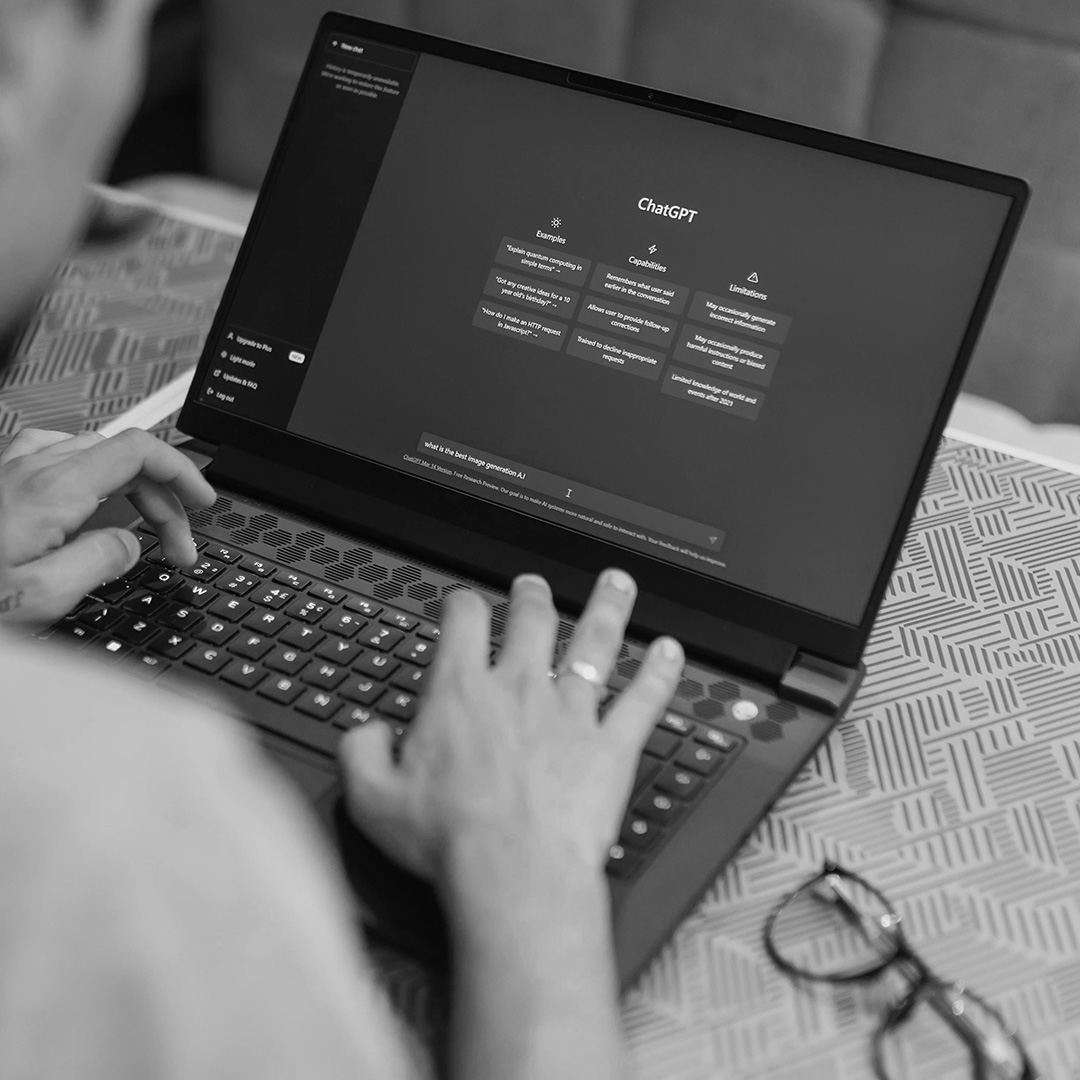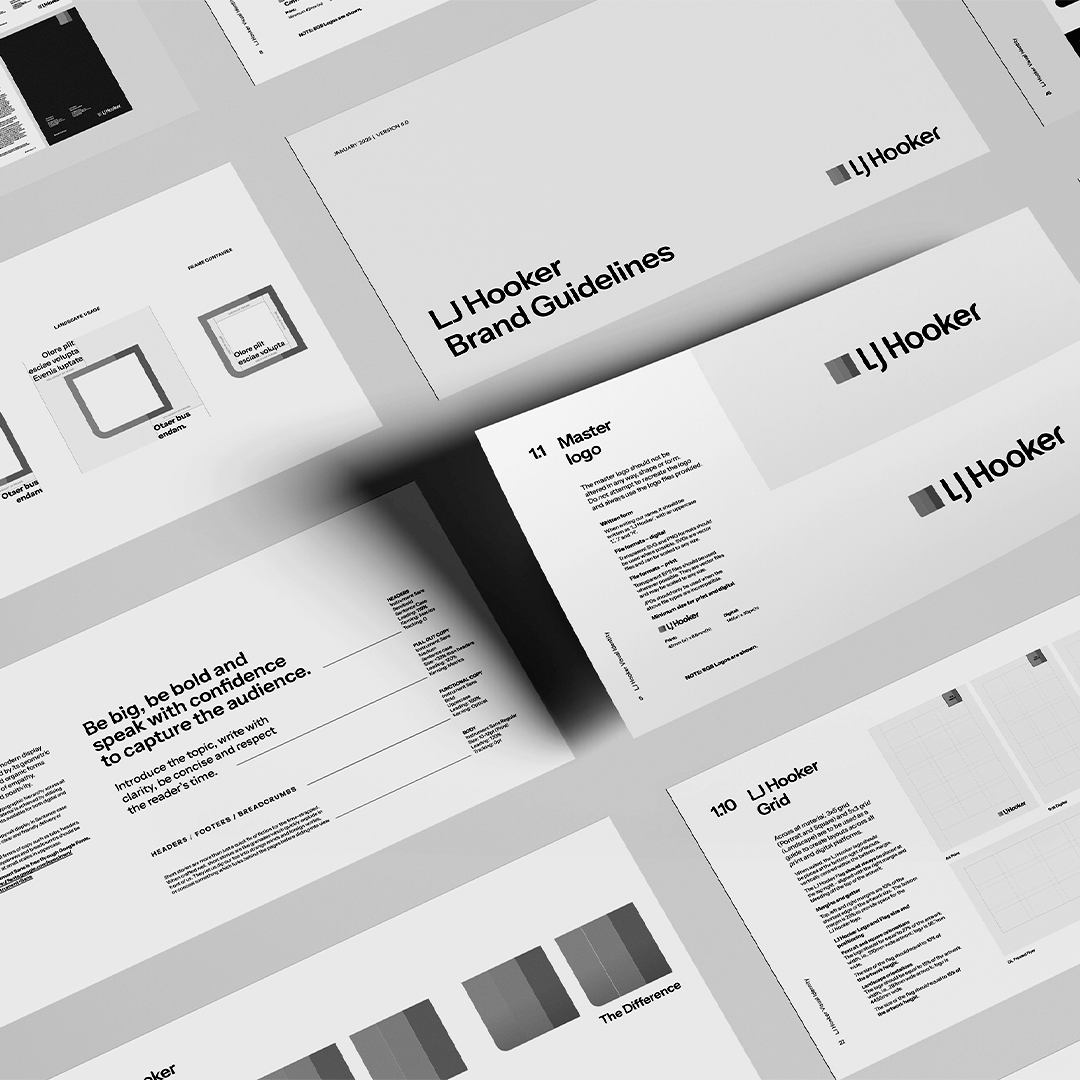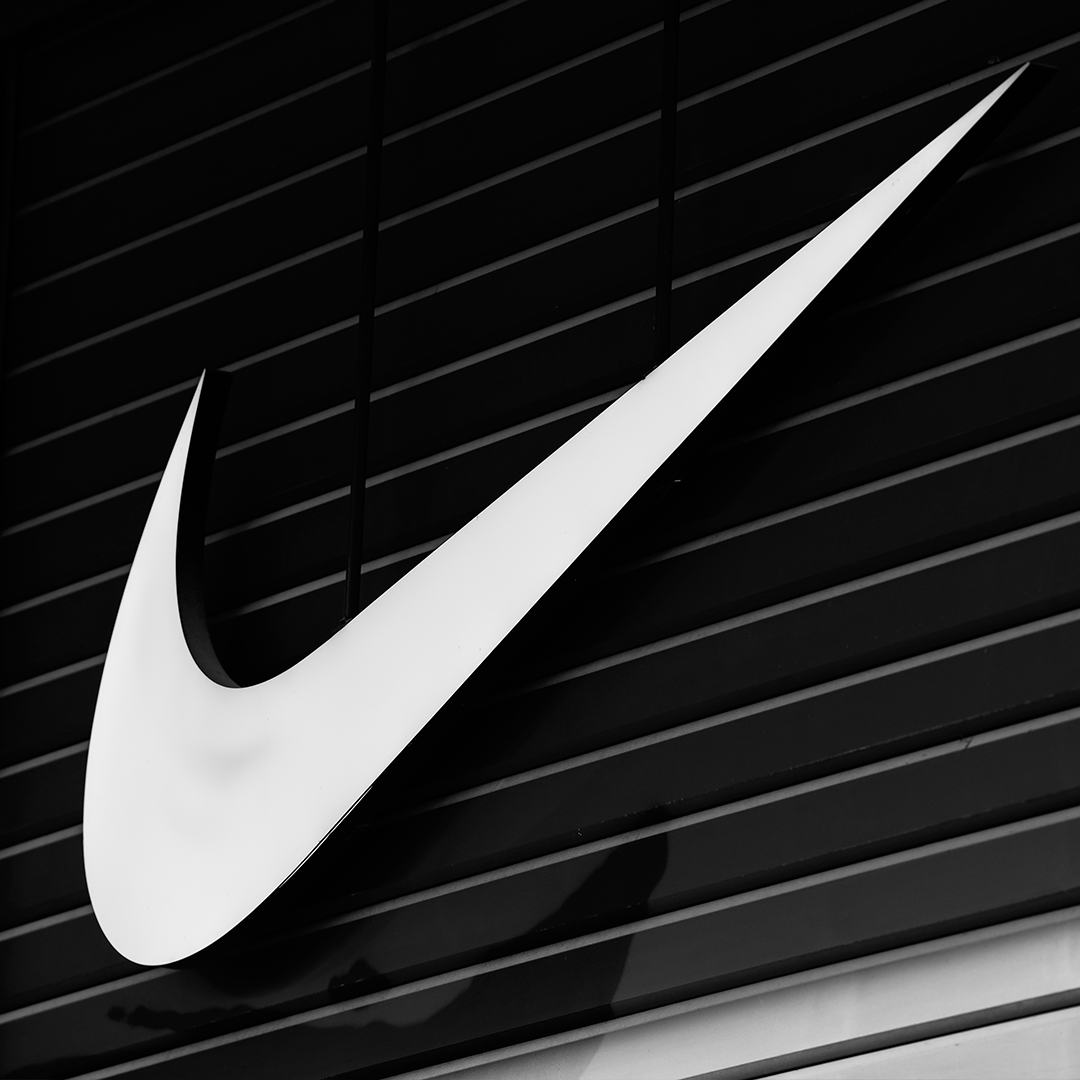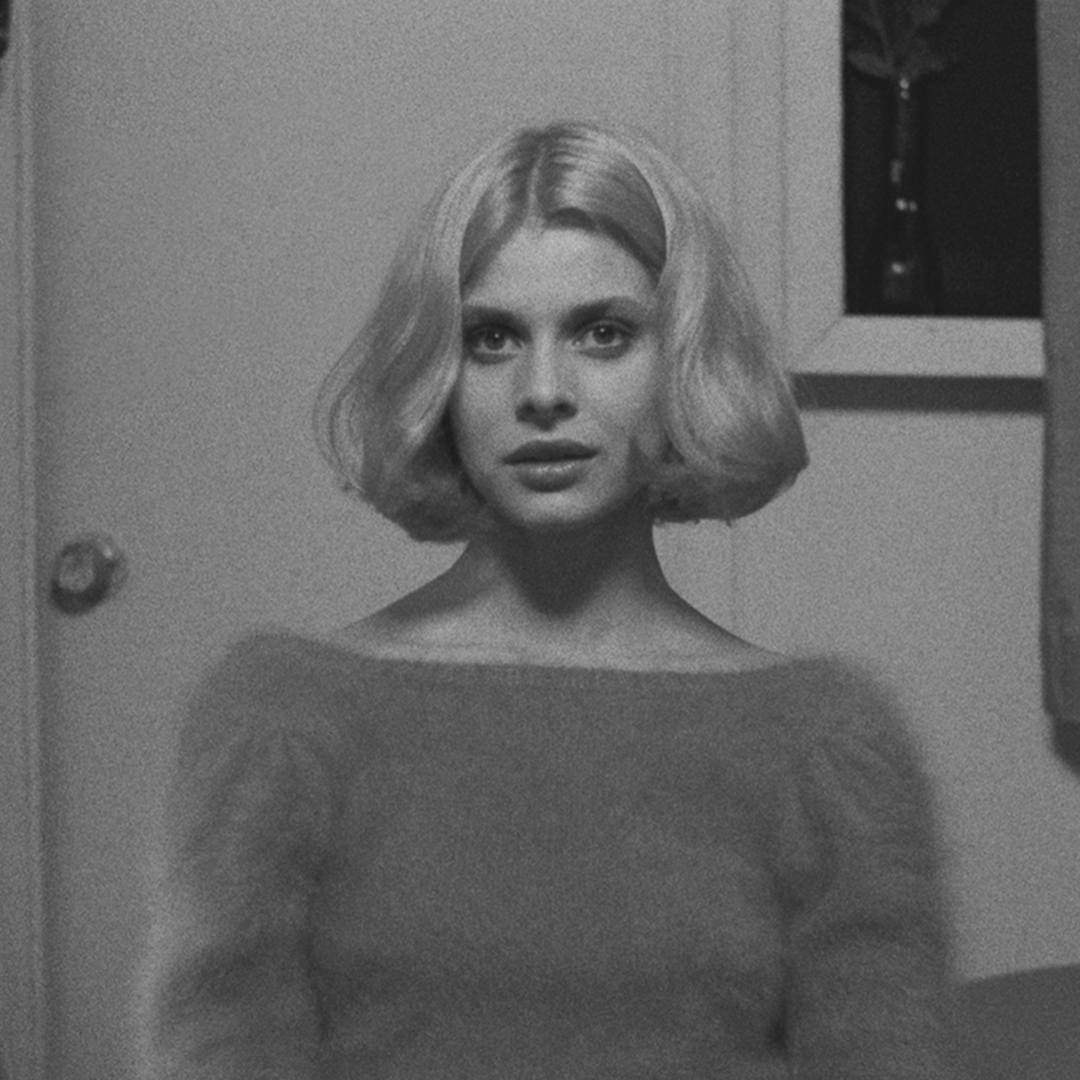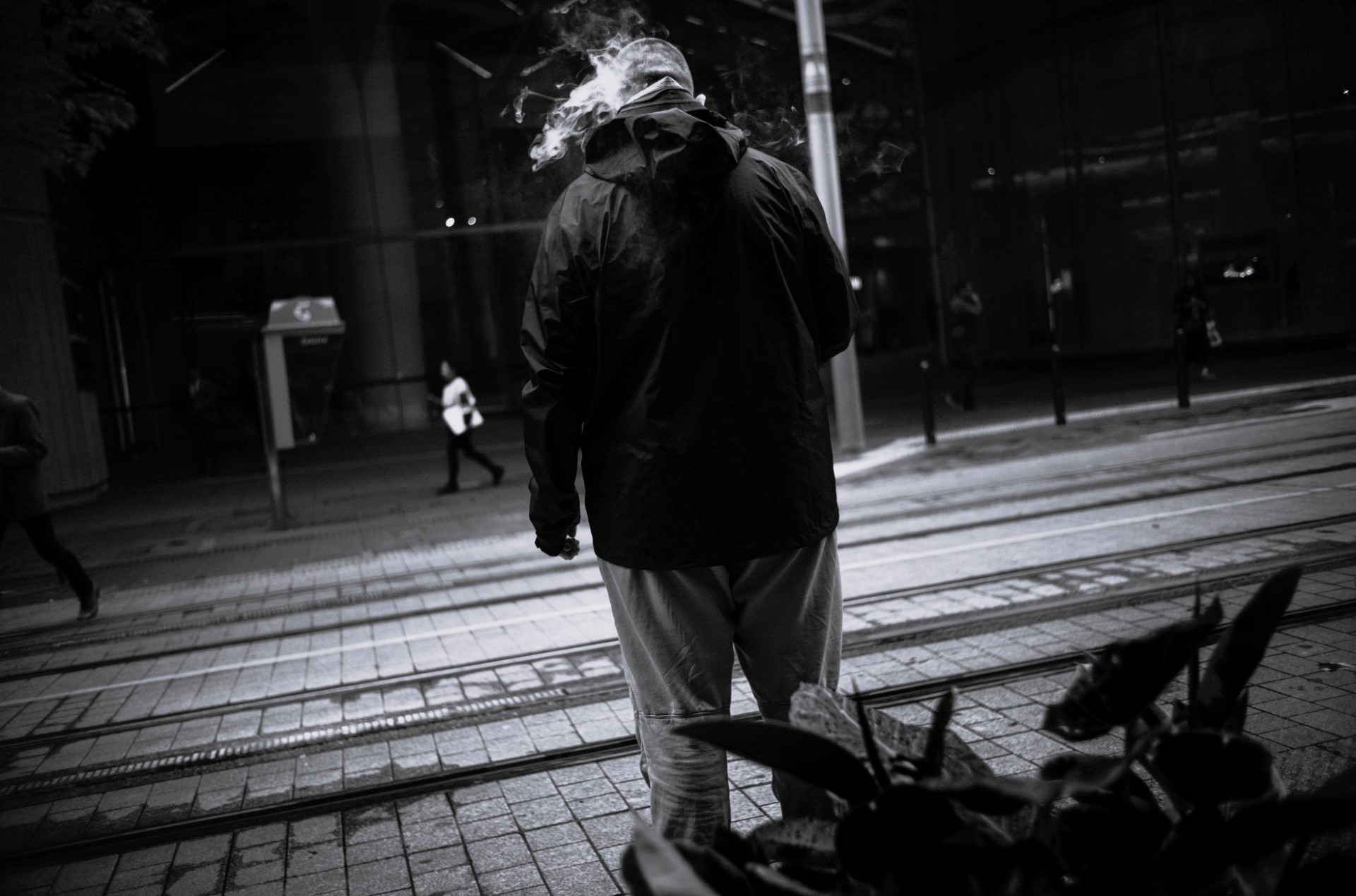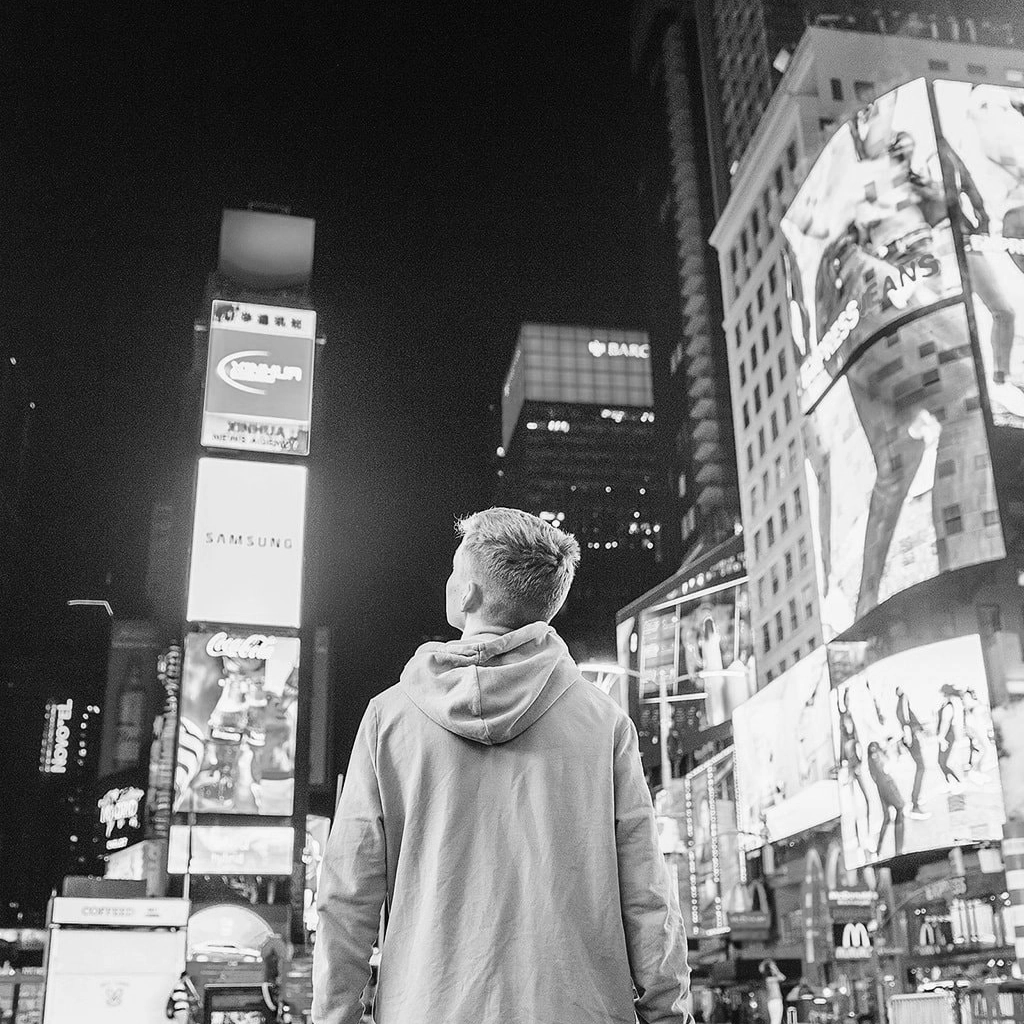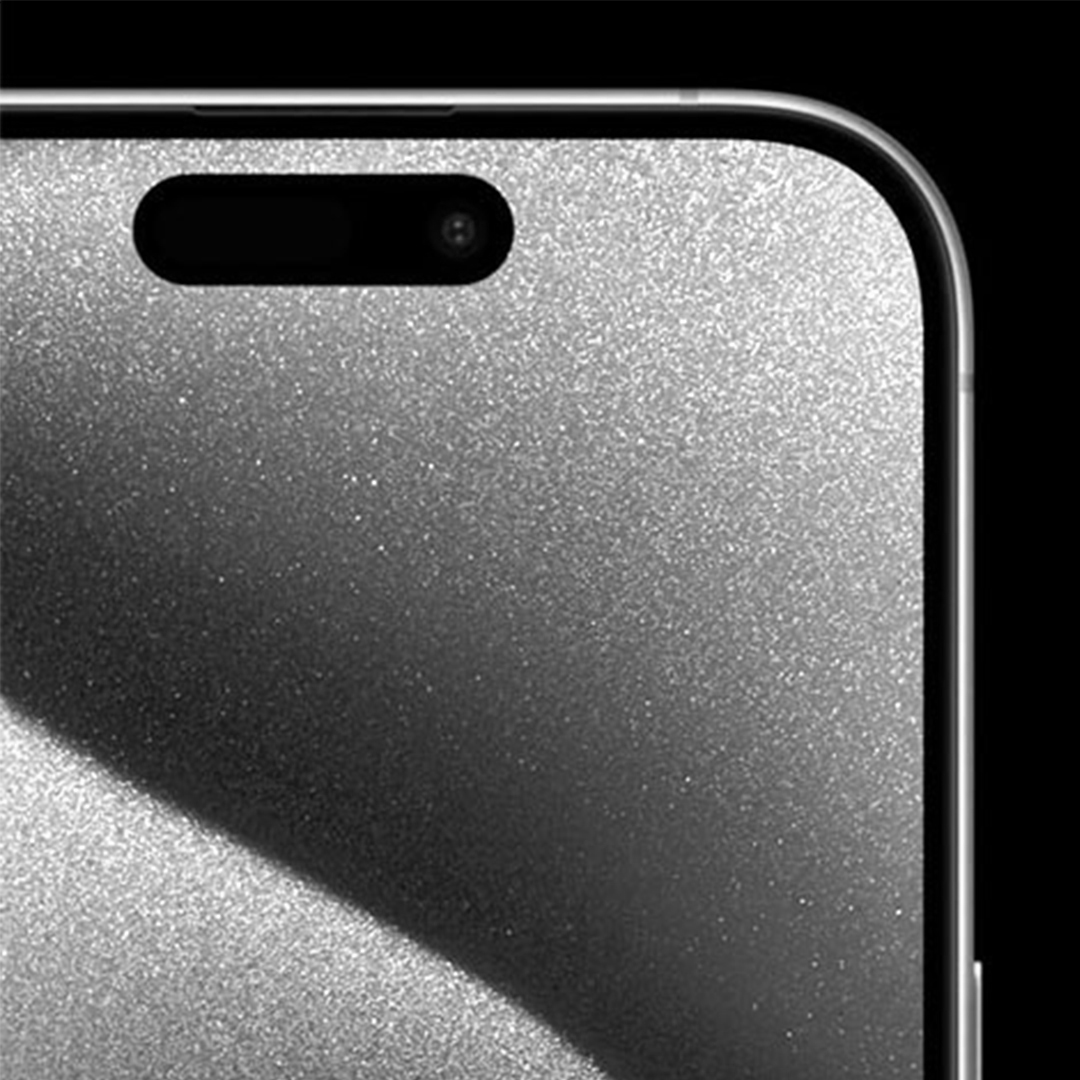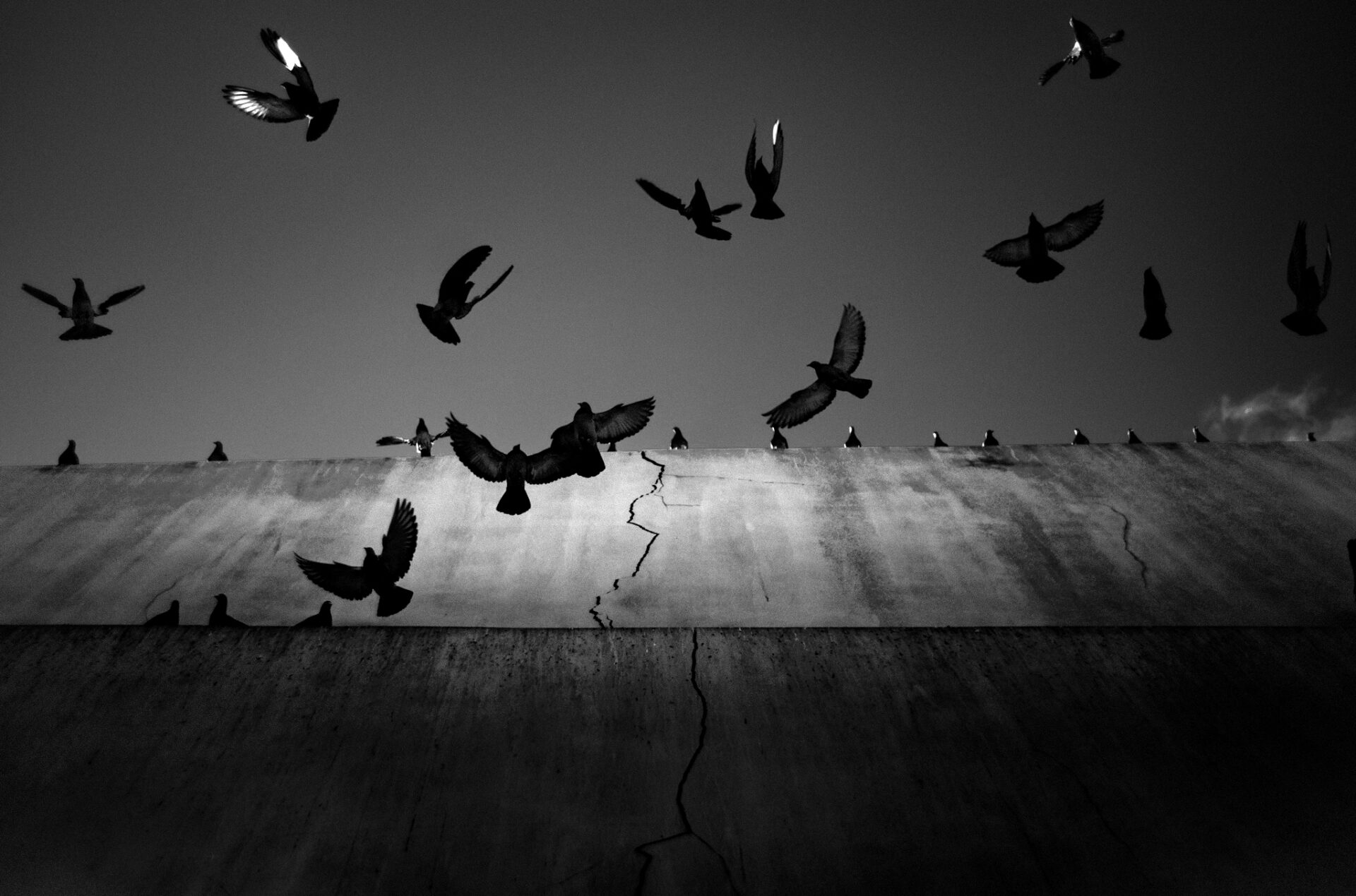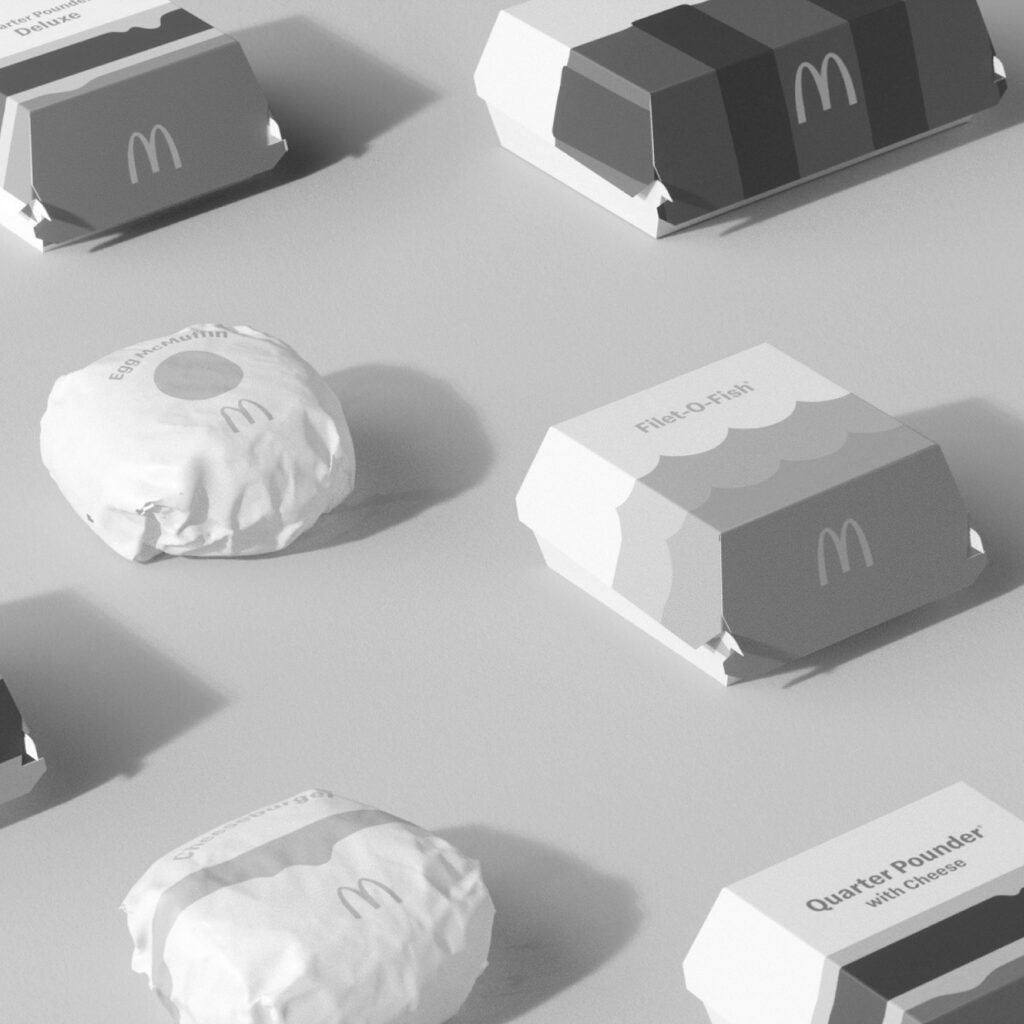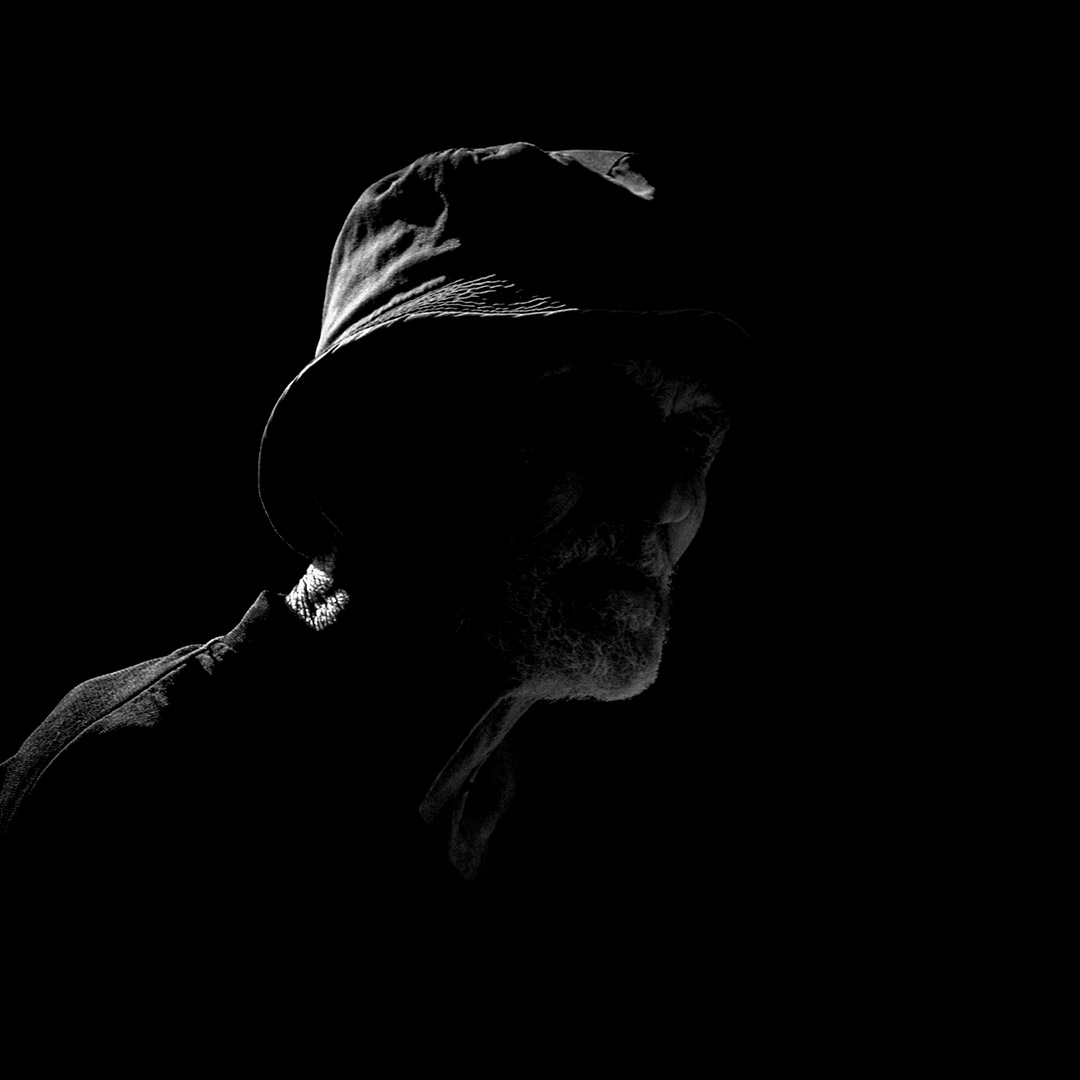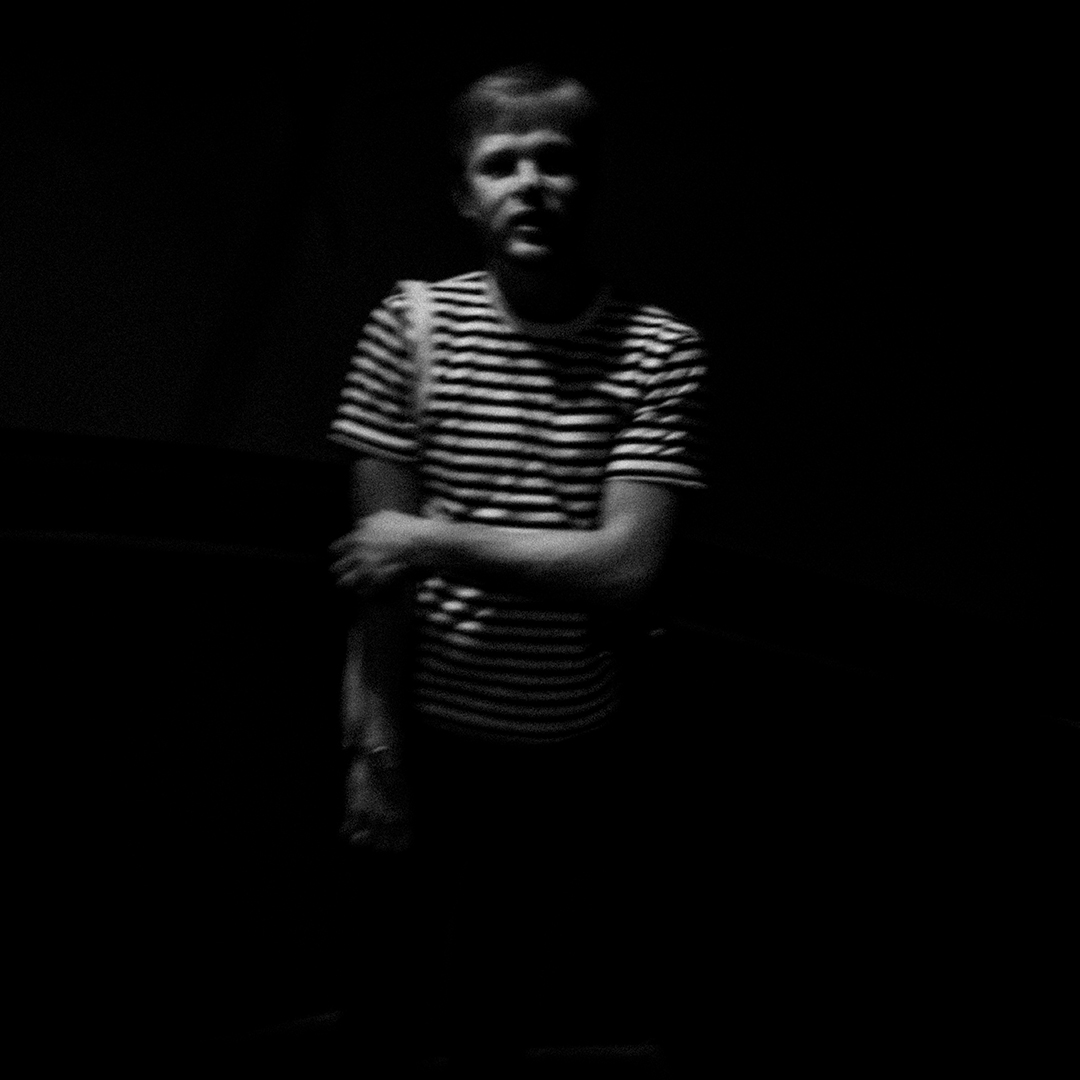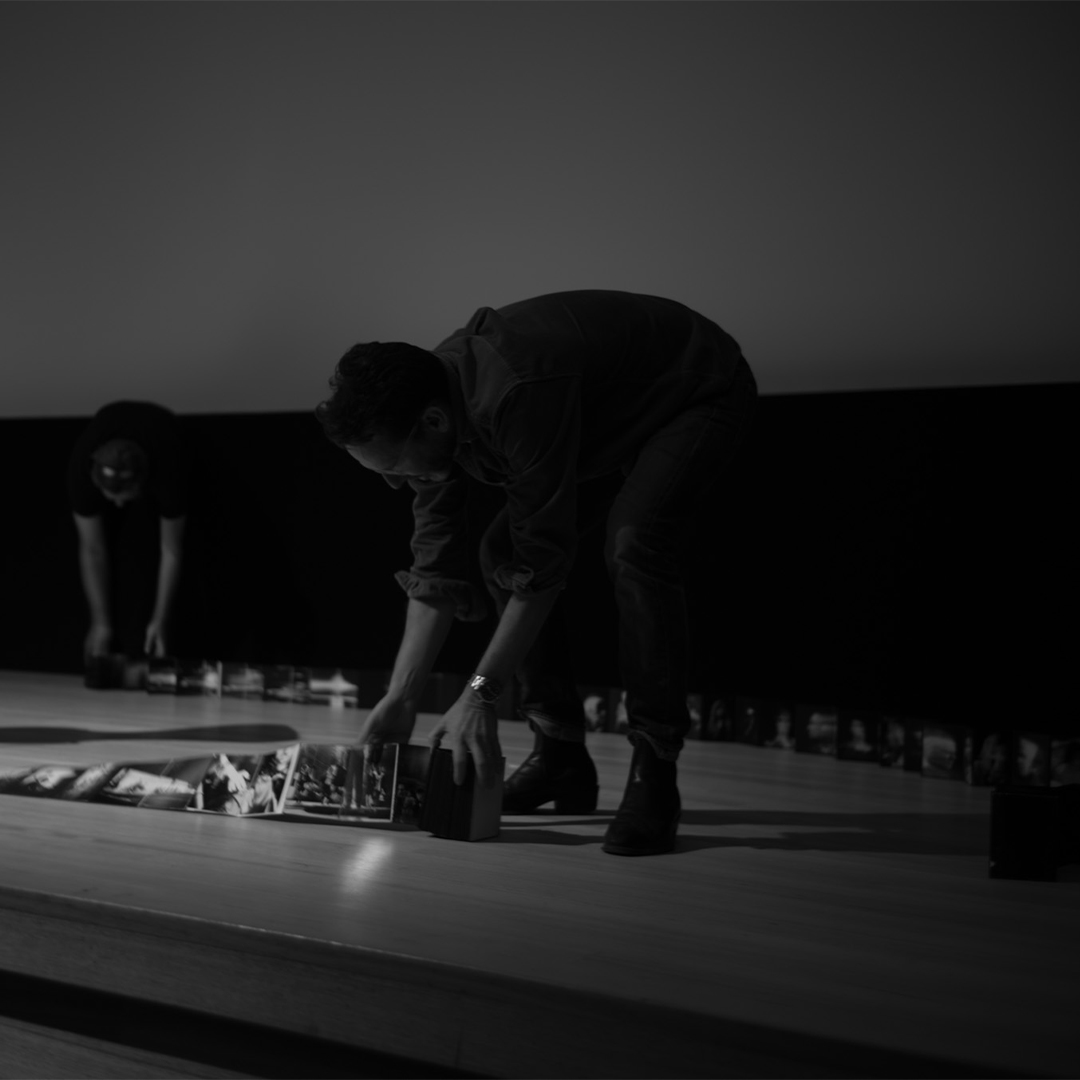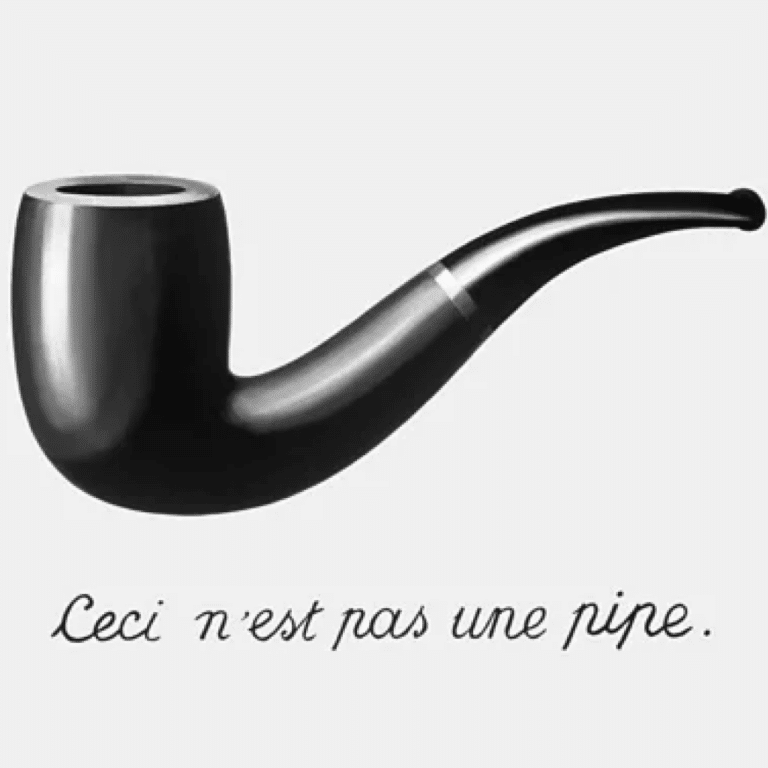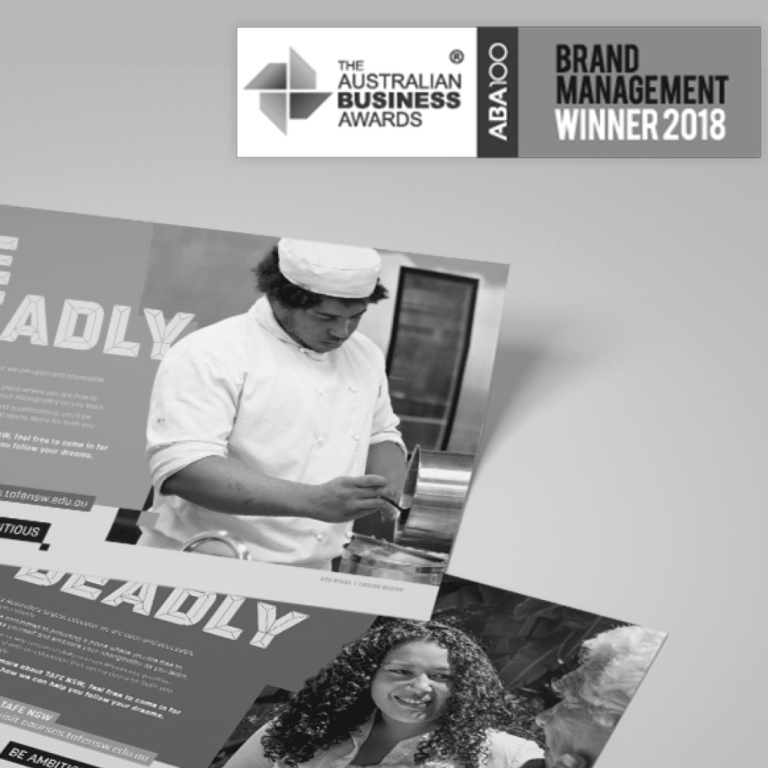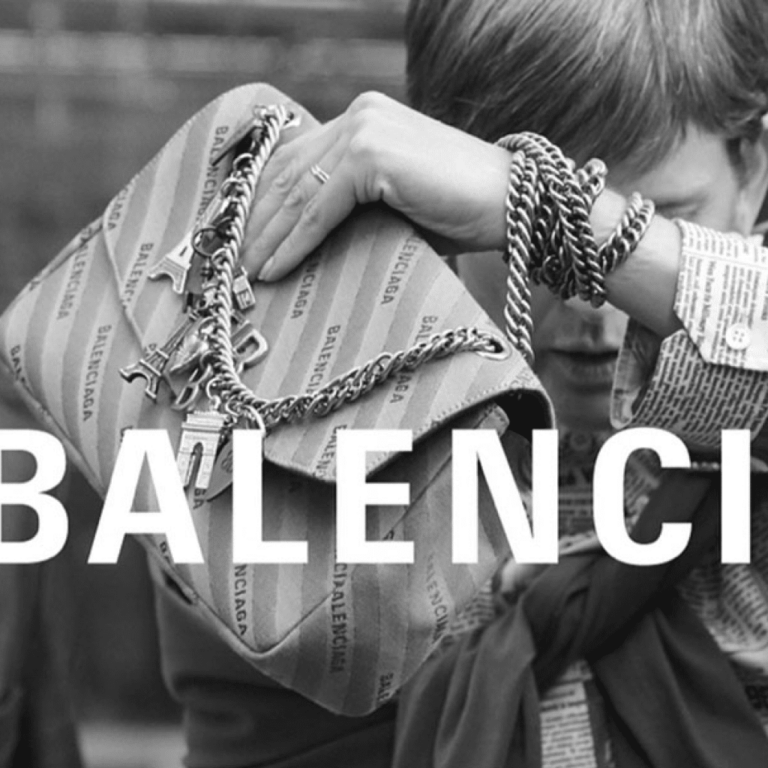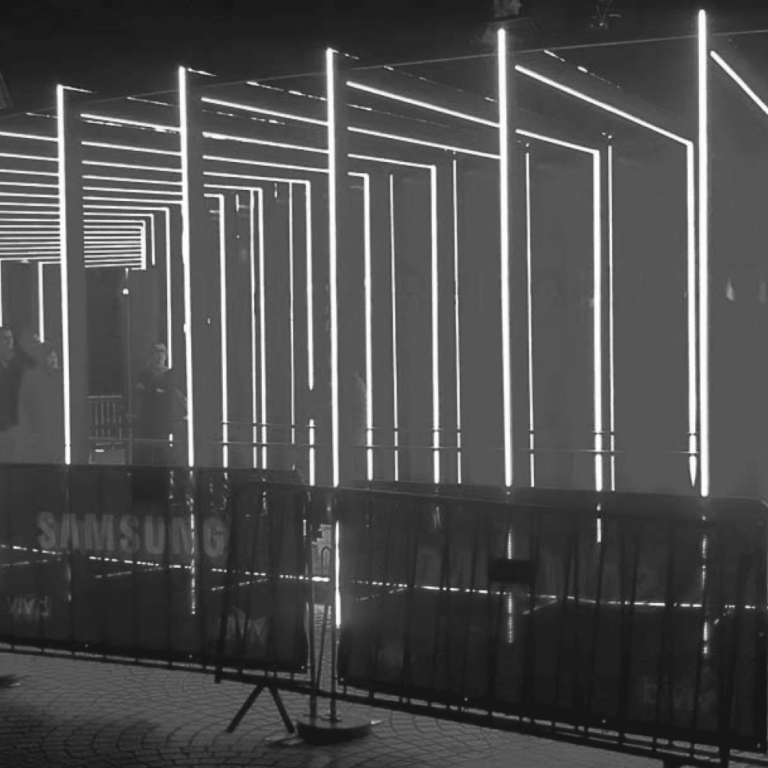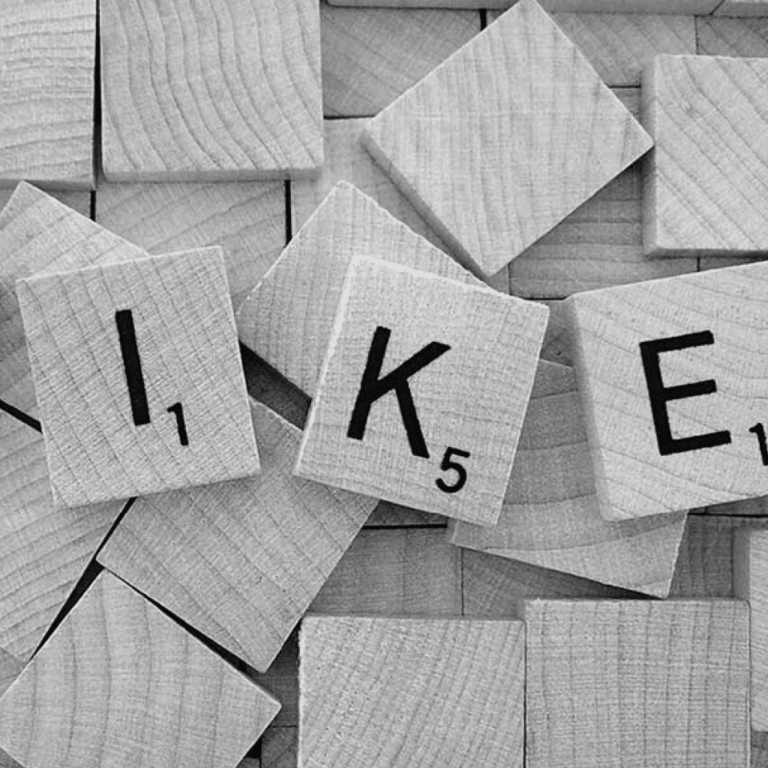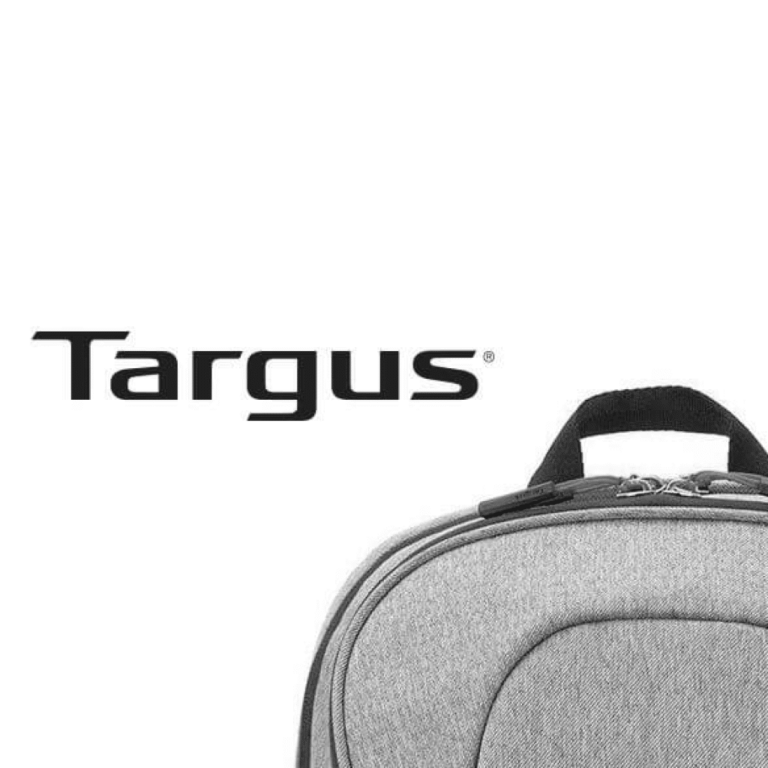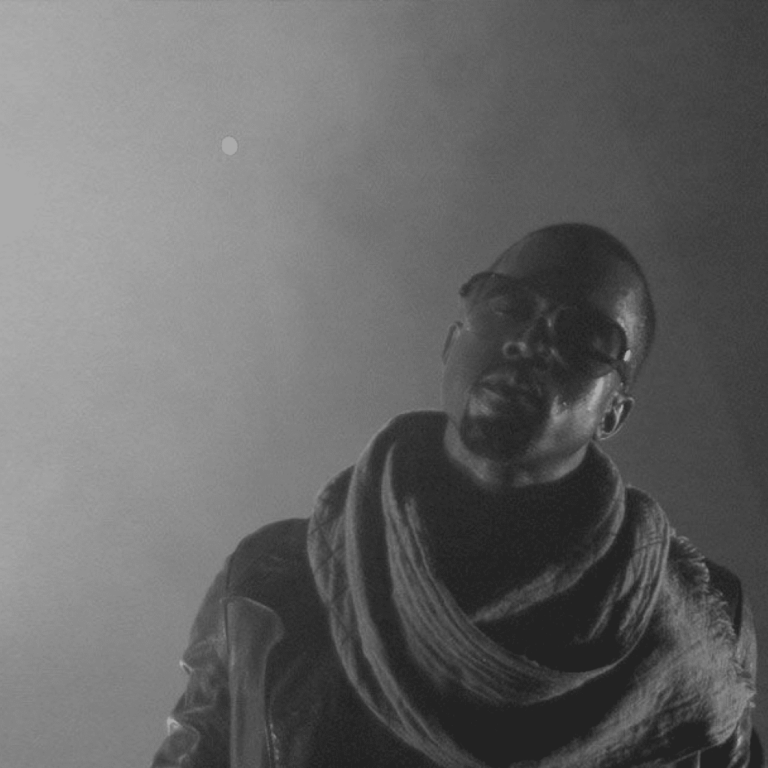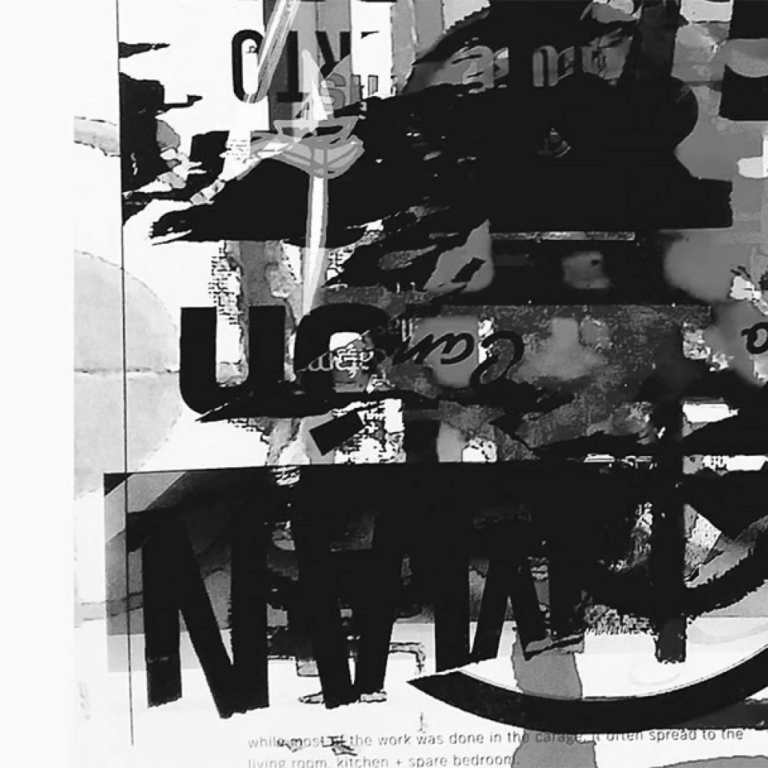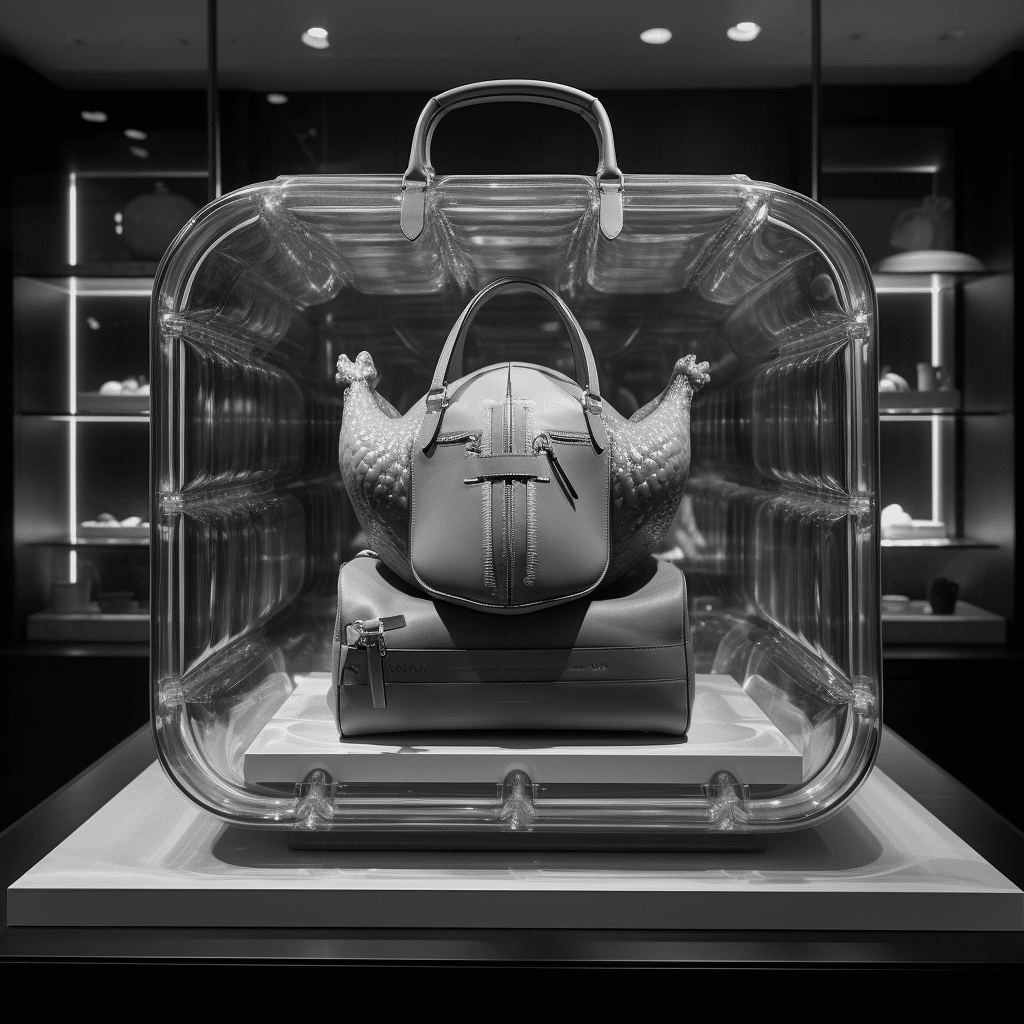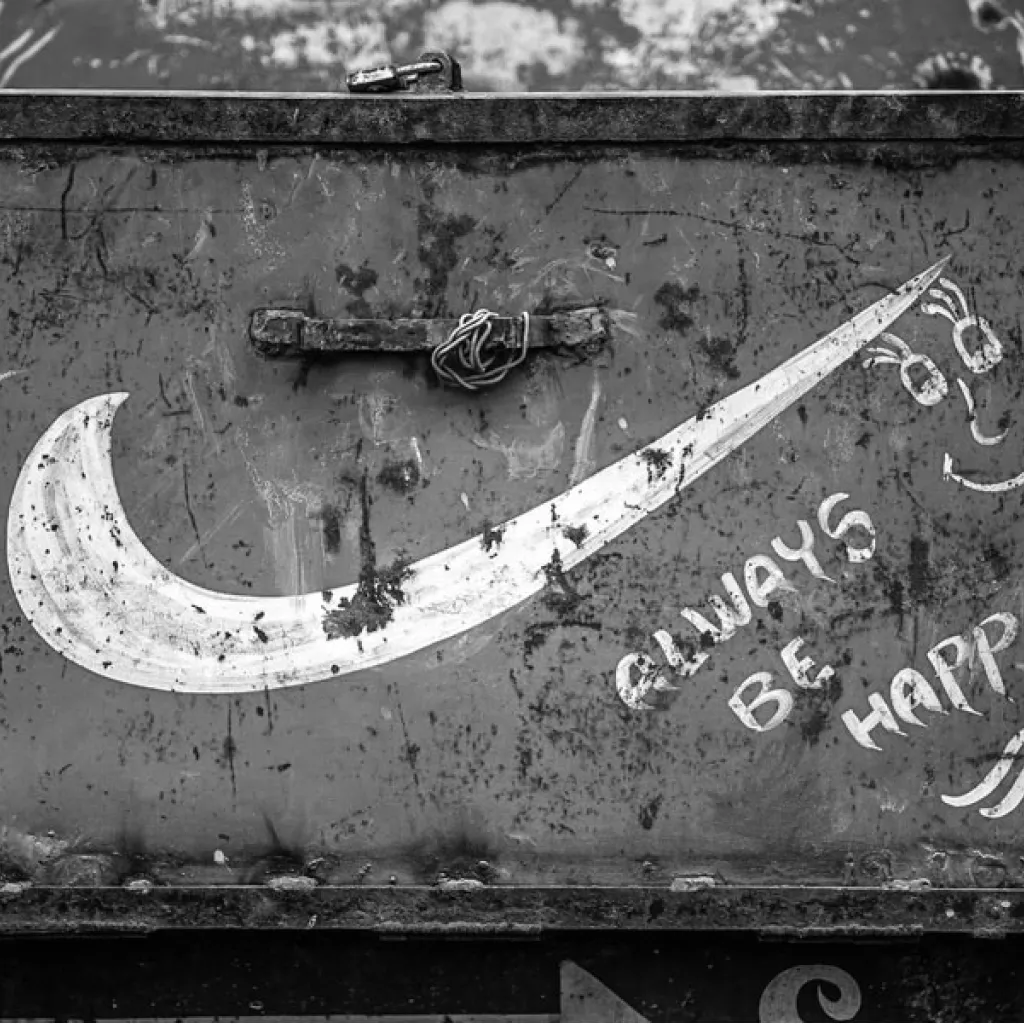INSIGHTS / NEWS
Giving Credit Fairly in Creative Work Who Truly Owns the Idea
Dan Ratner on 09/10/2024
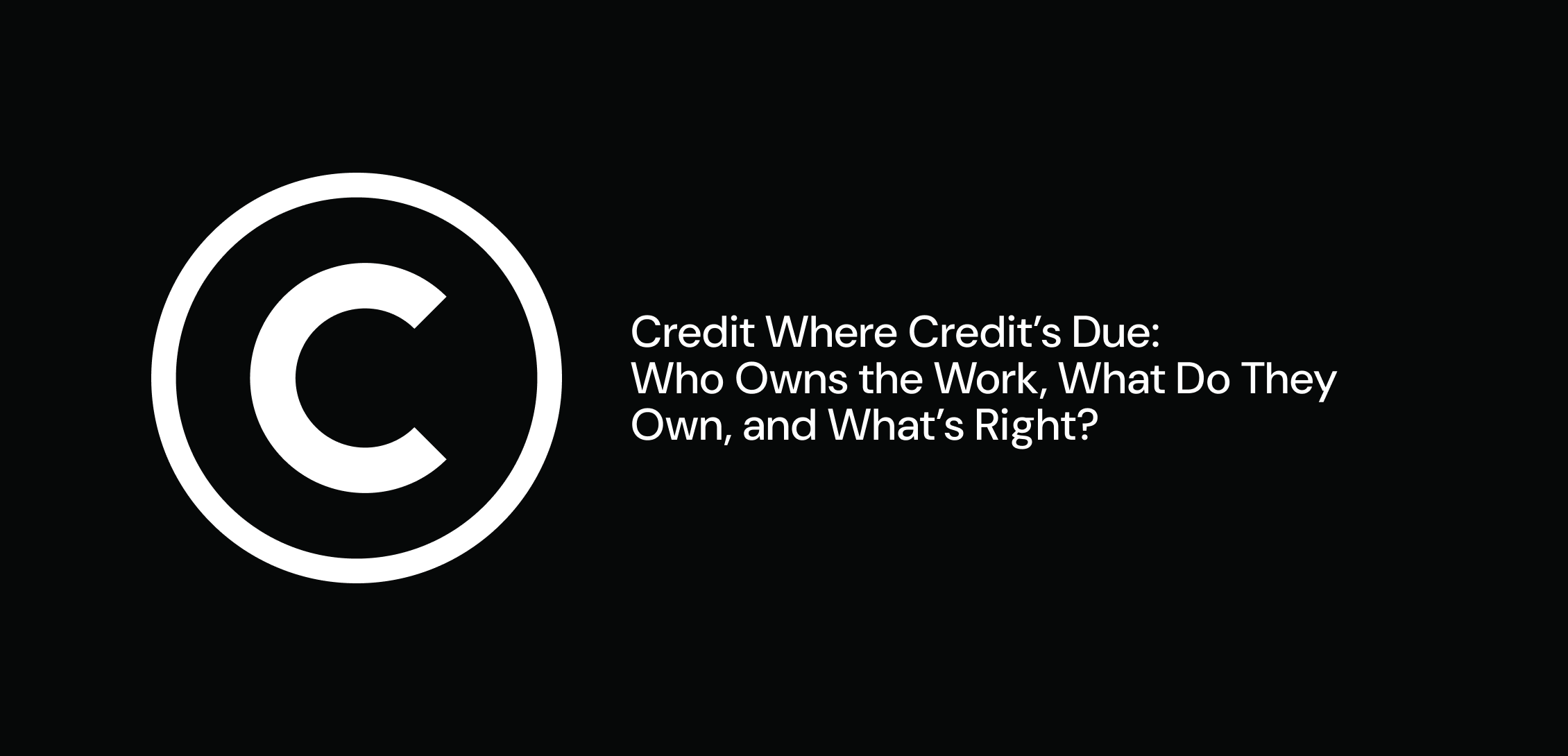
Over the years of running an agency, I’ve seen many talented people come and go.
People who’ve worked on incredible projects, built lasting relationships, and gained invaluable experience.
Recently, I noticed that an ex-employee had taken a brand identity we developed and rolled it out under their own agency, promoting it as their work. The design itself hadn’t really changed—it was essentially the same brand identity that our team had created.
This got me reflecting—not just about this one situation, but about how creative ownership evolves, and how the work we produce as an agency often carries the fingerprints of everyone who’s been part of the journey.
So, when does creative ownership really end? And when is it appropriate to claim ownership—or not?
Legal Ownership vs. Creative DNA
After 13 years of running an agency, one thing is clear to me: when the final invoice is paid, the rights to the deliverables transfer to the client. It’s part of the deal, and we all understand it.
But in my experience, creative work isn’t just a deliverable—it’s the result of collaboration, of ideas coming together, and of people learning and growing.
The creative process leaves a lasting impression on everyone involved—both the team and the client. So even though the legal ownership transfers, the creative DNA—the vision, the strategy, and the process—stays with the team that developed it.
It’s not just about contracts; it’s about the pride and integrity that comes with creating something meaningful. The blood, sweat and yes, the tears shed along the way.
Degrees of Change and Learnings Along the Way
One of the things I’ve learned through the years is that creative ownership shifts depending on how much the work has evolved.
And more importantly, it’s about recognising when to take credit and when to acknowledge the foundation someone else has built.
There’s a difference between a rollout, a refresh, and a rebrand. Here’s how I see it:
- Rollout: Implementing the work as-is, without any substantial changes. In this case, it’s clear that the original creators should be acknowledged. Taking credit for work that hasn’t been evolved feels like a missed opportunity to honour the collaborative process that went into it.
- Refresh: Minor updates—adjusting colours, modernising elements—show that some evolution has taken place, and there’s space for shared credit. But the core identity still belongs to the original creators, and that’s where clarity about contributions matters.
- Rebrand: A full overhaul is where new ownership makes sense—if the identity has been fundamentally transformed, then the new agency or designer can legitimately claim ownership.
In all of these scenarios, the key takeaway for me is that we must respect the journey of the work.
After all, no one gets to where they are alone. The collaborative efforts and learning along the way shape the work and the people who create it.
Drawing a Line with Integrity and Collaboration in Mind
As I reflect on the many projects we’ve worked on, I realise how much collaboration has shaped our success.
There’s a red line between claiming credit for work that’s been meaningfully transformed and passing off someone else’s work as your own. That’s not just about ownership—it’s about respecting the journey, the relationships and the work that got us here.
In my opinion, it’s about understanding that great creative work is part of a shared process. It’s not just about whether you have the legal right to use the work—it’s about whether it’s appropriate to claim full ownership when the original vision hasn’t changed.
The Client’s Role—Acknowledging the Journey
Let’s talk about clients. I’ve been lucky enough to work with clients who understand that their brand’s success is often built on years of creative input, refinement, and collaboration.
And while clients legally own the work once it’s paid for, the real value is in the relationships and also in the learning that happens along the way.
Clients don’t owe us constant acknowledgment, but recognising the journey—whether it’s publicly or in the way we continue to collaborate—creates lasting partnerships.
I must say, often that simple recognition of the foundations we build together strengthens our creative pride as well as the relationships we build. At the end of the day, we are the sum of all the experiences we have and its how we grow, evolve and become better.
New Agencies and new Designers—Respecting the Foundations You Build On
For new designers and agencies stepping into existing work, I believe it’s important to respect the foundation you’re building on.
If you’re rolling out work that was created by someone else, take a moment to acknowledge that. It’s a mark of respect for the collaborative nature of the industry.
And if you’re making changes—whether it’s a refresh or a full rebrand—be clear about the contributions you’ve made, and also about the original work you’re building on.
We’ve all had the opportunity to learn from others, and paying that respect forward is part of what makes the industry thrive.
We stand on the shoulders of giants and there is always historical equity in what we’re building from.
Conclusion
At the end of the day, creative ownership is about more than just contracts and legal rights.
It should also be about recognising the contributions of the people behind the work and understanding how collaboration, learning and legacy shape the creative process.
A rollout isn’t a refresh, and a refresh isn’t a rebrand. But in every case, there’s value in acknowledging the journey that brought the work to life.
By being more mindful of where credit is due—not because we have to, but because it’s the right thing to do—we strengthen the relationships that allow our creativity and genius to flourish.
